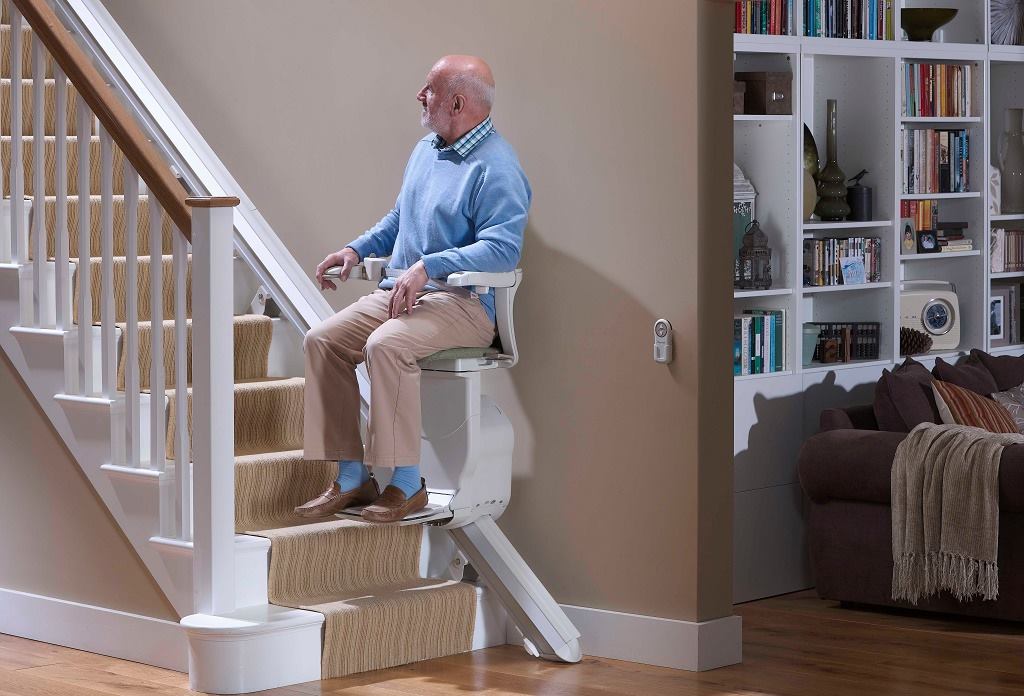As we age complex movements do become harder to perform. Age-related aches and pains are a fact of life, and when older adults discontinue their activities, exercising and socializing, because of their aches and pains, it can only exacerbate the situation. For instance, when someone quits exercise and frequent activity because of their arthritis, the aches and pains of the arthritis will likely get worse (Assuming a person’s Dr. has determined they are healthy enough to perform regular exercises).
When adults are active they are far likelier to remain active and physically healthy than those who are sedentary. The amount of exercise people need varies, although most older adults do well with at least an hour of exercise time (This is more time than normal activity, a specific span of time spent performing extra exercise). The exercise doesn’t need to be anything difficult or high-intensity. One hour every week of extra exercise is all that’s needed, and it could include walking or hiking, simple yoga or stretching, low-to-moderate intensity cardio workout on machines, etc.
And the extra time spent exercising should pay off in the long term. Statistics say that mobility disability risks can be decreased by over 25% with extra exercise and major mobility disabilities by over 15%. The exercise will also help to ward away disease, including diabetes and obesity. Obesity can contribute to numerous other causes including osteoarthritis. Overweight adults, especially older adults, have difficulties with their mobility. If you or someone you care about is healthy enough for regular exercise, but has difficulties with motivation, try to be encouraged by the importance of exercise and long-term health.
If you have any questions about how the mobility experts at G and J can help you or someone you care about gain independence and mobility, then call today.

